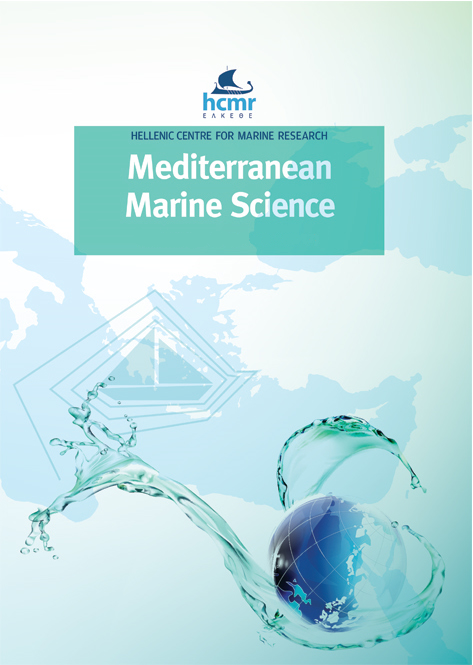Sardine and anchovy as bioindicators of metal content in Greek coastal waters

Аннотация
Metal and element concentrations (Li, Na, Mg, P, Ca, V, Mn, Fe, Co, Ni, Cu, Zn, Ga, As, Se, Rb, Sr, Mo, Pd, Cd, Cs, Ba, Hg, Tl, Pb, U) were monitored in the tissues of sardine (Sardina pilchardus) and anchovy (Engraulis encrasicolus) from six Greek coastal areas subjected to different natural and anthropogenic forcings in order to be assessed as bioindicator species of marine metal pollution. Sardine and anchovy provided a thorough view of the metal pollution load of each site in accordance with local pollution sources. The wide range of pressures applied in Elefsina Gulf and Thermaikos Gulf are depicted in the large number and the kind of elements reaching maximum concentrations among the sites (e.g. Pb, Cu, Hg, As in Elefsina Gulf, and Cd, Ni, P in Thermaikos Gulf) while in the rest of the sites (Amvrakikos Gulf, Strymonian Sea, Thracian Sea, Artemisium Straits), few elements were found at maximum levels. Statistically significant site-specific differences in metal content were detected. The differentiation in metal content of the fish tissues among the sites could be attributed to anthropogenic pressures, different background levels and environmental conditions. Sardine and anchovy can be evaluated as appropriate, reliable and useful bioindicator species of marine metal pollution.
Article Details
- Как цитировать
-
SOFOULAKI, K., KALANTZI, I., ZERI, C., MACHIAS, A. ., PERGANTIS, S. A., & TSAPAKIS, M. (2022). Sardine and anchovy as bioindicators of metal content in Greek coastal waters. Mediterranean Marine Science, 23(3), 546–560. https://doi.org/10.12681/mms.29426
- Раздел
- Research Article
Authors who publish with this journal agree to the following terms:
- Authors retain copyright and grant the journal right of first publication with the work simultaneously licensed under a Creative Commons Attribution Non-Commercial License that allows others to share the work with an acknowledgement of the work's authorship and initial publication in this journal.
- Authors are able to enter into separate, additional contractual arrangements for the non-exclusive distribution of the journal's published version of the work (e.g. post it to an institutional repository or publish it in a book), with an acknowledgement of its initial publication in this journal.
- Authors are permitted and encouraged to post their work online (preferably in institutional repositories or on their website) prior to and during the submission process, as it can lead to productive exchanges, as well as earlier and greater citation of published work (See The Effect of Open Access).




